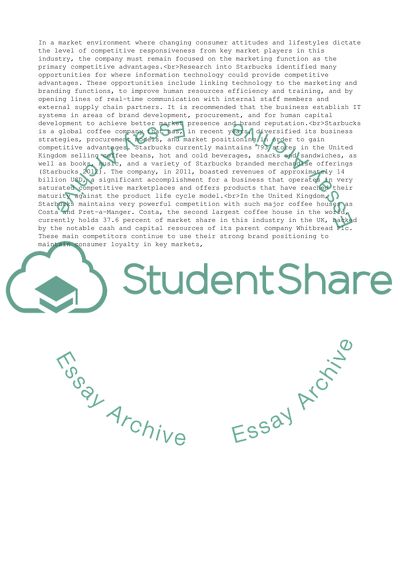Cite this document
(Management of Information Technology. How can you improve Starbucks Essay - 1, n.d.)
Management of Information Technology. How can you improve Starbucks Essay - 1. https://studentshare.org/information-technology/1790372-management-of-information-technology-how-can-you-improve-starbucks-with-the-use-of-it-you-have-to-use-porters-5-and-porters-value-chain
Management of Information Technology. How can you improve Starbucks Essay - 1. https://studentshare.org/information-technology/1790372-management-of-information-technology-how-can-you-improve-starbucks-with-the-use-of-it-you-have-to-use-porters-5-and-porters-value-chain
(Management of Information Technology. How Can You Improve Starbucks Essay - 1)
Management of Information Technology. How Can You Improve Starbucks Essay - 1. https://studentshare.org/information-technology/1790372-management-of-information-technology-how-can-you-improve-starbucks-with-the-use-of-it-you-have-to-use-porters-5-and-porters-value-chain.
Management of Information Technology. How Can You Improve Starbucks Essay - 1. https://studentshare.org/information-technology/1790372-management-of-information-technology-how-can-you-improve-starbucks-with-the-use-of-it-you-have-to-use-porters-5-and-porters-value-chain.
“Management of Information Technology. How Can You Improve Starbucks Essay - 1”. https://studentshare.org/information-technology/1790372-management-of-information-technology-how-can-you-improve-starbucks-with-the-use-of-it-you-have-to-use-porters-5-and-porters-value-chain.


